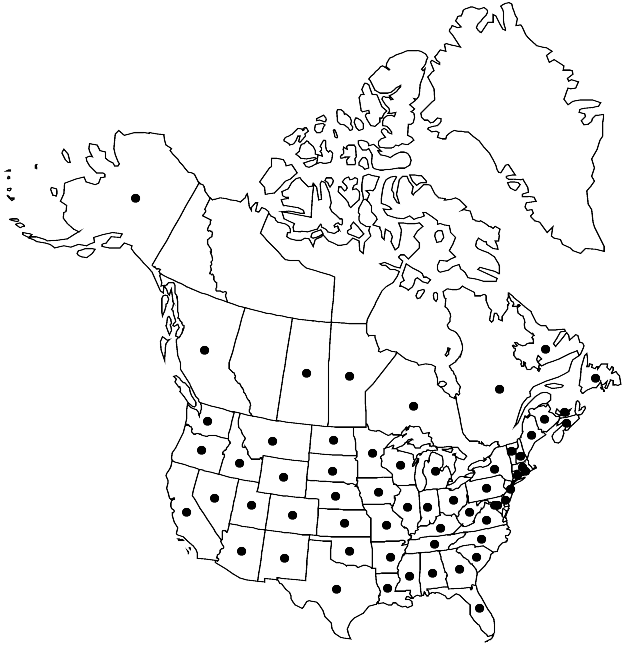Difference between revisions of "Raphanus sativus"
Sp. Pl. 2: 669. 1753.
FNA>Volume Importer |
FNA>Volume Importer |
||
| Line 49: | Line 49: | ||
|publication year=1753 | |publication year=1753 | ||
|special status= | |special status= | ||
| − | |source xml=https://jpend@bitbucket.org/aafc-mbb/fna-data-curation.git/src/ | + | |source xml=https://jpend@bitbucket.org/aafc-mbb/fna-data-curation.git/src/f6b125a955440c0872999024f038d74684f65921/coarse_grained_fna_xml/V7/V7_663.xml |
|tribe=Brassicaceae tribe Brassiceae | |tribe=Brassicaceae tribe Brassiceae | ||
|genus=Raphanus | |genus=Raphanus | ||
Revision as of 20:23, 24 September 2019
Annuals or biennials, roots often fleshy in cultivated forms; often sparsely scabrous or hispid, sometimes glabrous. Stems often simple from base, (1–)4–13 dm. Basal leaves: petiole 1–30 cm; blade oblong, obovate, oblanceolate, or spatulate in outline, lyrate or pinnatisect, sometimes undivided, 2–60 cm × 10–200 mm, margins dentate, apex obtuse or acute; lobes 1–12 each side, oblong or ovate, to 10 cm × 50 mm. Cauline leaves (distal) subsessile; blade often undivided. Fruiting pedicels spreading to ascending, 5–40 mm. Flowers: sepals 5.5–10 × 1–2 mm, glabrous or sparsely pubescent; petals usually purple or pink, sometimes white (veins often darker), 15–25 × 3–8 mm, claw to 14 mm; filaments 5–12 mm; anthers 1.5–2 mm. Fruits usually fusiform or lanceolate, sometimes ovoid or cylindrical; valvular segment 1–3.5 mm; terminal segment (1–)3–15(–25) cm × (5–)7–13(–15) mm, smooth or, rarely, slightly constricted between seeds, not ribbed, beak narrowly to broadly conical to linear; style 10–40 mm. Seeds globose or ovoid, 2.5–4 mm diam. 2n = 18.
Phenology: Flowering May–Jul.
Habitat: Roadsides, disturbed areas, waste places, cultivated fields, gardens, orchards
Elevation: 0-1000 m
Distribution

B.C., Man., N.B., Nfld. and Labr., N.S., Ont., P.E.I., Que., Sask., Ala., Alaska, Ariz., Ark., Calif., Colo., Conn., Del., D.C., Fla., Ga., Idaho, Ill., Ind., Iowa, Kans., Ky., La., Maine, Md., Mass., Mich., Minn., Miss., Mo., Mont., Nebr., Nev., N.H., N.J., N.Mex., N.Y., N.C., N.Dak., Ohio, Okla., Oreg., Pa., R.I., S.C., S.Dak., Tenn., Tex., Utah, Vt., Va., Wash., W.Va., Wis., Wyo., Europe, Asia, introduced also in Mexico, Bermuda, South America, Africa, Atlantic Islands, Australia.
Discussion
Raphanus sativus is an important crop plant that is cultivated and/or weedy in most temperate regions worldwide. It is unknown as a wild plant, but suggested to be derived from R. raphanistrum subsp. landra, which is endemic to the Mediterranean region (L. J. Lewis-Jones et al. 1982).
Selected References
None.